Piping plovers
Cape Cod is home to numerous shorebirds throughout the summer, one of which being the piping plover. Piping plovers are a small, gray shorebird with an orange bill and black ring around the neck. When not foraging along the wrack line for invertebrates or protecting their chicks, these plovers spend their winters down south in the Caribbean and along the beaches of Mexico.
If you have visited any of Cape Cod’s beaches, you probably have seen symbolic fencing for the migrating shorebirds. You will know that you have come across their nesting areas when you see tiny faint footprints on the shoreline. They are dependent on coastal habitats where they feed, nest, and travel along the shoreline. It is important for our community to care for this resilient species because not only are they labeled as threatened under the Federal and State Endangered Species Act, but they are also considered an indicator species. This means that they are used to monitor any changes in the environment, like pollution or restoration projects. Help this shore bird thrive by sharing the local beaches and giving them space to nest and forage.
Terns
What bird has a black cap, pointed wings, and a dark tipped yellow-orange beak? A tern! The two typically found on Dead Neck Sampson’s Island are the least and common terns. The major difference between the two is size, the common tern being larger. The least tern has what looks like a white eyebrow. Ironically, the least tern is more prevalent on the island than the common tern! But terns are in fact found along all major waterways across the United States. This is actually a good thing, as the least terns are a declining species that the Barnstable Clean Water Coalition monitors and protects. If you happen to be bird watching and spot a tern colony, make sure to keep your distance because these fearless birds will protect their nests by dive bombing ‘predators’ with their droppings!
